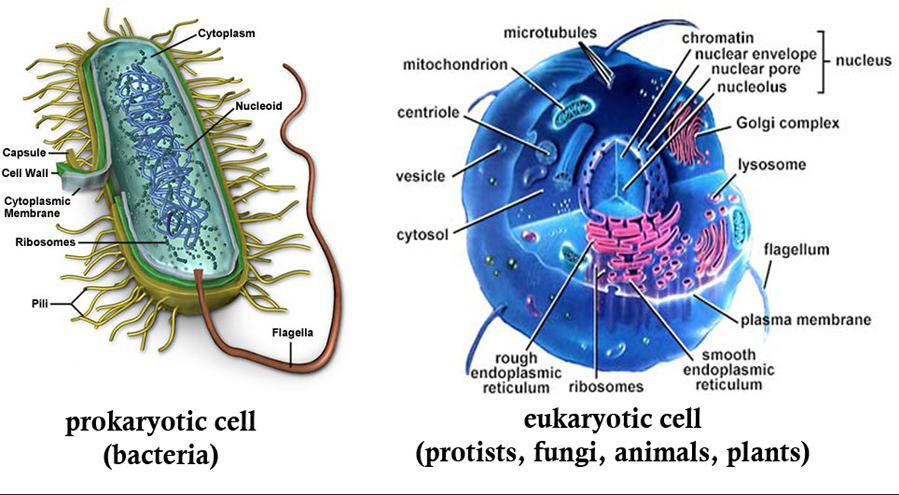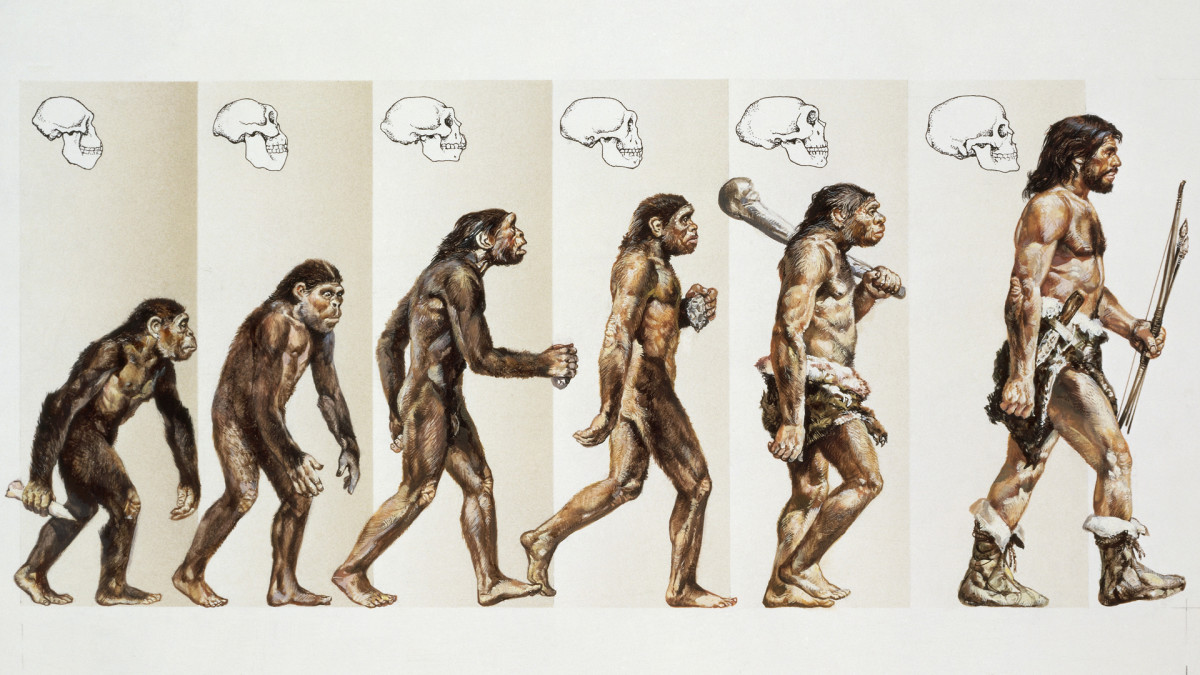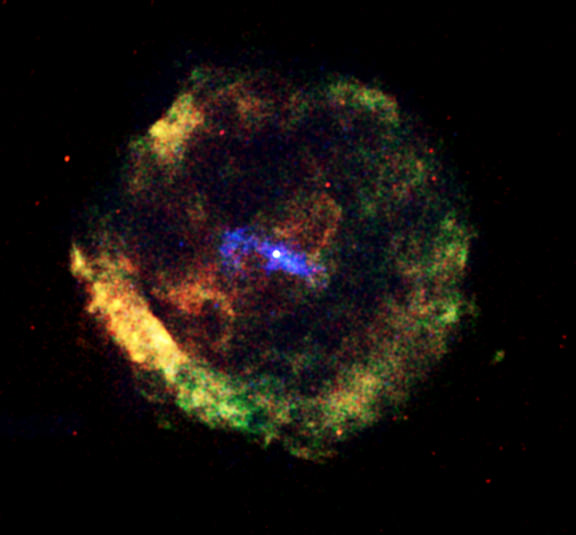[The mythological excursions resume on Monday.]
THE SOUTHWORTH PLANETARIUM
207-780-4249 www.usm.maine.edu/planet
70 Falmouth Street Portland, Maine 04103
43.6667° N 70.2667° W
Altitude: 10 feet below sea level
Founded January 1970
Julian Date: 24592545.18
2020-2021: LXXXVII
THE DAILY ASTRONOMER
Wednesday, February 10, 2021
Wednesday, February 10, 2021
Exploratorium XX: Only Human
Dispense with that "human, only human," balderdash, Friedrich. The human race is utterly fantastic. The most intensely alive, gorgeously imperfect, and wildishly energetic beings that ever adorned themselves in ill-fitting clothes whilst pretending to be cheerful conformists. I know it is fashionable for us to be gloaming glum and mired in self-recrimination while regarding ourselves as miserable amalgams of dents, dings and deficiencies. However, for just a few minutes, we're going to try to peer through the gray pallor and perceive ourselves as we are: the product of thirteen billion years of conspiring physical forces followed by arduous evolution with, perhaps, outside help. (We don't know either way, of course, but we're not about to disparage those who consider this intervention either a certainty or high probability.)
We start with a chilling paleontological premise: that if Earth's ticking clock were rewound back to the preface, we, well, wouldn't be "we" anymore. The complex interplay of evolving life forms with changing climates, not to mention the ever so dynamic predator-prey models, might not have favored our antecedents and, well, we would now be unrealized probabilities in some ghost universe. (And, by heavens, then we would have cause for glumness.)
____________________________________________
Yes, we have noticed that nothing happens particularly quickly: though inexorable, the evolutionary process lumbers instead of sprints.
________________________________________________

Now, you could say we started when the Eukaryotic Domain took form about 2.1 billion years ago today. The cells developed powerful little nuclei, thereby differentiating themselves from the less ambitious prokaryotic cells. More than a billion years of splashing around in the seas were needed before the first animals arrived about 590 million years ago. These had no backbones, of course, and logically, by having no backbone, they maintained an unchallenged political dominance until the phylum Vertebrata showed up about 60 million years later. Fast forward 310 million years later and the Mammalia class took root...well, not literally. At that time the mammals were still only laying eggs. One hundred and sixty million years ago, the subclass Theria developed the capacity for live birth. This "skill" came very handy, because those thug dinosaurs were still milling about and, according to all the restaurant reviews still extant in the geological record, they considered mammals eggs a covetous delicacy. We have to wait until about 100 million years ago for the first primates to emerge from the underbrush. The actual order primates showed up about 25 million years later. Around 63 million years ago, the suborder Haplorrhini developed. This suborder included the monkeys and apes. Fortunately, around the same time, the primates performed that "destructive asteroid" summoning dance ritual, much to the amusement of the T-Rexs and Triceratops. Their laughter subsided when they heard the sonic booms and looked up.

Well, now, any Darwin reader will know where we go from here. Through the intervening millions of years, the apes and monkeys underwent gradual transformations. The Hominid family formed around 15 million years ago. Two and a half million years ago the Genus Homo arrived. To our modern eyes, they would have looked somewhat human, albeit with pronounced simian features. The anatomically modern humans developed about 200,000 years ago. Provided the clothes were apt, hygiene thorough, and light level low, they would have gone largely unnoticed in Times Square or Piccadilly Circus. Perhaps 70,000 years ago the truly modern human raised its head from the mist and stepped proudly over the Discovery Channel logo at the lower corner of the screen. From these indefatigable hunter-gatherers eventually arose the Africans, Sumerians, Babylonians, Asians, Indigenous Australian, Indigenous American, Greco-Roman, and the sundry other cultures I didn't include with the most profuse apologies.
Today, we are here: the latest generation in that powerful play of the homo sapien sapien.
But you know, that is only part of the story.
That rapid fire and wholly inadequate synopsis of our history from cell to cell phone misses the cosmic aspect of the tale. We are forged out of star fire. When the Universe took form about 13.8 billion years ago, a fiercely hot radiant energy filled the much smaller space then defined as the Universe. This radiant energy cooled sufficiently to allow the simplest elements to form: primarily hydrogen and helium. The first stars (Population III) congealed from this primordial matter and through the thermonuclear fusion process transformed the lightest elements to heavier elements. Such fusion reactions power the Sun and the other stars. The highly massive Population III stars exploded as supernovae and, in so doing, forged all the elements heavier than iron:, including silver and gold. These explosions not only created the heaviest matter: they also dispersed it through space, chemically enriching the medium.

About five billion years ago, some of the debris cast off by a supernova became incorporated into a gas dust cloud that collapsed to form a galactic star cluster. The Sun was one of the cluster members. The peripheral material around it coalesced into planets, moons, asteroids, comets, and other bodies that now comprise the solar system. One planet developed conditions suitable for life. Carbon, oxygen, phosphorus and the other elements percolated and combined to make the first proteins, amino acids and other building blocks from which life arose. Had the only available matter been hydrogen and helium, such constituents could never have risen from the soup. Stellar nucleosynthesis-the creation of heavier elements in the stars- preceded the advent of life on this planet and any other life bearing world....wherever they might be.
We became aware (sentient), grew curious, asked questions, pondered the mysterious cosmos in which we found ourselves. These contemplations gave rise to profound natural philosophies that eventually became differentiated into the sciences. One of these, astronomy, started simply by the practice of looking up. How unaware the first astronomers were that by merely looking up we would eventually be seeing within: to the lattice work of star dust comprising our bodies.
Could anything be more fantastic?
To subscribe or unsubscribe from the Daily Astronomer: